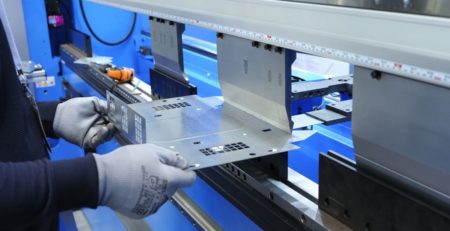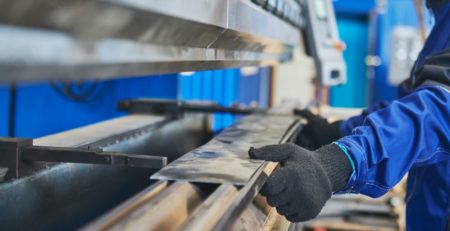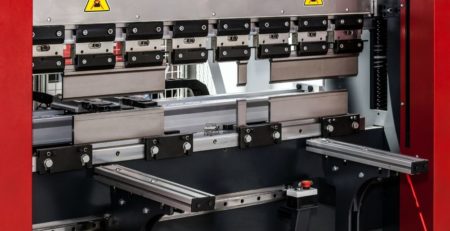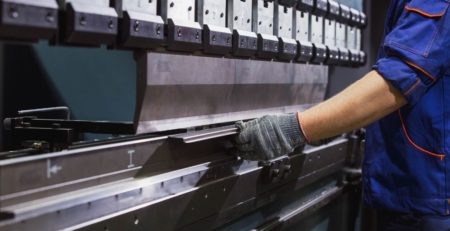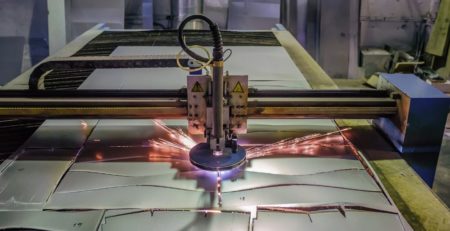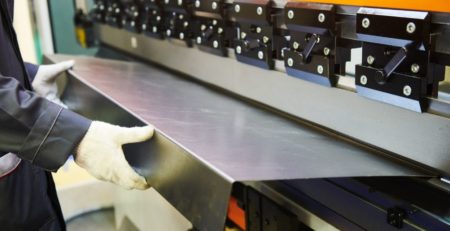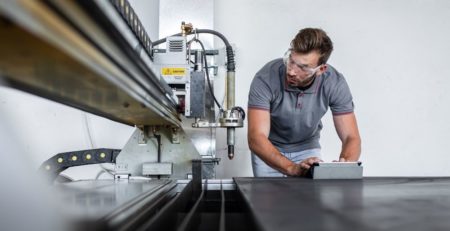5 Biggest Challenges Facing the Metal Fabrication Industry
All businesses—whether local, regional, national, or global—faced unprecedented obstacles since early 2020. The metal fabrication industry is no exception. Shops large and small have adapted to overcome a variety of obstacles. While specific issues vary from large to small shops, the five biggest challenges facing the metal fabrication industry affect them all.
1. Inflation
The price of everything continues to rise, from energy to raw materials. The economic outlook is murky as central banks tighten the economy by raising interest rates. Borrowing becomes more expensive. Metalworking operations must balance costs with prices to stay competitive. Managing costs while maintaining quality, revenue, sales, and customers is one of the biggest challenges facing the metal fabrication industry in the second half of 2022.
2. Supply
Raw materials, parts, and most machines that come from overseas have encountered bottlenecks and delays related to pandemic lockdowns and staff shortages. The cost of importing goods has risen significantly, and the uncertainty about supply has gotten so severe that many companies are looking toward in-stock machinery and the used car market. Right now, used machinery is in demand. Fabrication shops can’t wait months for a new machine to be delivered.
3. Staffing
This one has been repeated endlessly, but that doesn’t mean the problem isn’t still severe. Skilled operators are retiring, and training new operators is a challenge. Fortunately, those just beginning have a head start because younger people are more familiar with computers and can be quick learners when it comes to CNC operations.
Nevertheless, the metalworking industry seeks creative partnerships with community colleges and job training programs to prepare and attract new operators. You can’t learn how to safely operate an electric press brake without the right training. As a result, the industry will need to continue pursuing creative solutions and partnerships to build the skilled staff needed to operate metalworking machinery and monitor quality in metalworking operations.
4. Speed
Another of the biggest challenges facing the metal fabrication industry is production and delivery speed. Despite being aware of supply chain and cost challenges, customers were so accustomed to timely manufacturing and are still demanding the same turnaround times as before the pandemic. They want their parts now, without delay. Shops that can meet ambitious delivery times will thrive, while those with slower production rates may fail.
5. Inventory and Customization
Even as customers demand faster delivery speeds, they also want more customization. Manufacturers strive to meet the demands of their customers, which means offering more options for customized parts. These job requirements then are quoted by the engineering department. This provides for a wider variety of customized parts and products.
Customization creates a dilemma for inventory control: taking advantage of price dips in supplies could mean a shop ends up with an oversupply of materials it can no longer use. Shops must maximize their collection and analysis of data to inform their operation, from inventory control to product cycles and delivery times.
Managing a metalworking operation takes skill, business knowledge, and a willingness to engage in continuous improvement and learning. It also takes the right machinery and the knowledge to know which machines are best to use best for each application, and for what purpose. Contact the experts at Mac-Tech when you need new machinery, parts, or service to keep your metalworking operation running smoothly and quickly.



